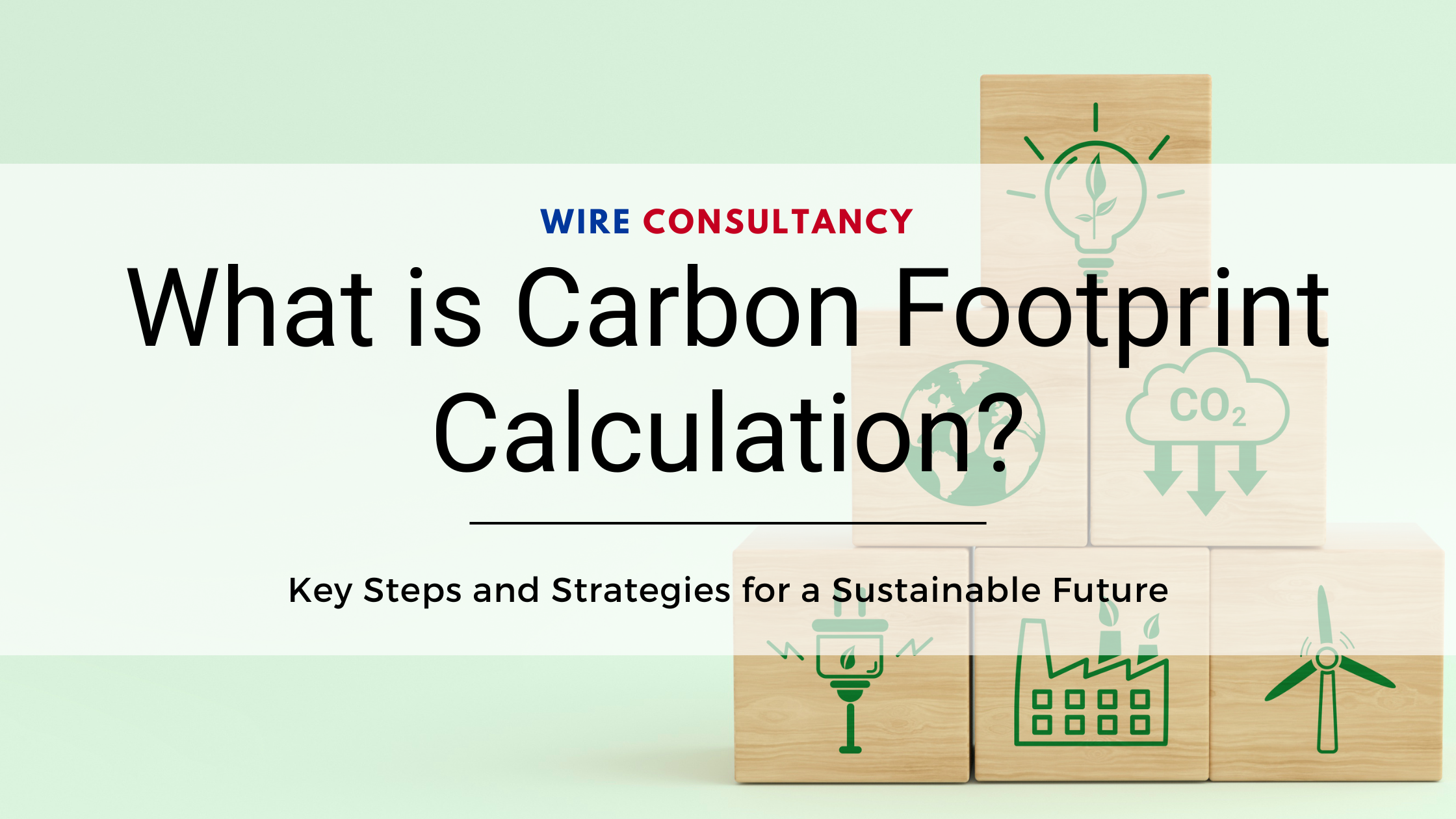Have you ever wondered about the impact of your business activities on the environment? The concept of a carbon footprint helps us understand just that. In a world increasingly focused on sustainability, knowing how to calculate your carbon footprint has become a crucial step towards reducing your environmental impact and contributing to a more sustainable future. Let’s dive into the world of carbon footprint calculation, exploring its significance, key steps, and strategies for a greener tomorrow.
What is Carbon Footprint Calculation?
Carbon footprint refers to the total amount of greenhouse gases, primarily carbon dioxide (CO2) and other related compounds, emitted directly or indirectly by human or business activities. These activities can encompass a wide range of actions, from transport and manufacturing products and even waste emitted. Everything we do, from our daily commute to the energy, contributes to our individual and collective carbon footprints.
Significance of Carbon Footprint Calculation- Why Does It Matter?
Calculating your carbon footprint is an essential step in assessing your environmental impact and understanding the scale of your contributions to climate change. By quantifying your emissions, you gain insight into which areas of your business generate the most carbon dioxide. This awareness empowers you to make informed decisions, take responsible actions, and adopt sustainable practices that help minimise your carbon footprint.
Key Steps to Calculate Your Carbon Footprint
1. Identify Activities: Begin by listing all activities that generate carbon emissions, such as transportation, energy consumption, and waste generation.
2. Gather Data: Collect relevant information, such as fuel consumption, electricity usage, and transportation distances, to accurately quantify emissions.
3. Convert to CO2 Equivalent: Different greenhouse gases have varying impacts on the environment. Convert emissions of other gases into CO2 equivalents for a consistent measure.

4. Calculate Emissions: Use carbon footprint calculators or emission factors to determine the amount of CO2 emitted by each activity.
5. Sum Total Emissions: Add up the emissions from all activities to get your total carbon footprint for a given period, often measured in metric tons of CO2 per year.
Strategies for Reducing Your Carbon Footprint
1. Energy Efficiency: Opt for energy-efficient appliances, switch to LED lights, and reduce energy waste to lower your electricity-related emissions.
2. Transportation Choices: Increase the usage of environmentally friendly transportation options.
3. Reduce, Reuse, Recycle: Minimise waste by practicing the three Rs. Avoid single-use plastics and prioritise products with minimal packaging.

4. Renewable Energy: Transition to renewable energy sources like solar or wind power to cut down on fossil fuel-based electricity.
5. Green Building: If feasible, make your building more energy-efficient through insulation, efficient windows, and sustainable construction materials.
Making a Collective Impact- The Role of Businesses and Communities
Individual efforts play a vital role, but the collective impact of businesses and communities is equally essential. Businesses can adopt eco-friendly practices, reduce waste, and invest in renewable energy sources. Communities can organise tree-planting drives, promote public transportation, and advocate for sustainable policies.
Embracing a Sustainable Future- Time to Act Now.
Calculating your carbon footprint is not just about assessing your environmental impact; it’s a call to action. Armed with knowledge, you can make conscious choices to reduce emissions, advocate for sustainable practices, and inspire others to join the cause. Each step towards a lower carbon footprint contributes to a cleaner, healthier, and more sustainable planet.
Conclusion
Understanding and calculating your carbon footprint is a critical step in the journey toward a sustainable future. It empowers you to make informed decisions, adopt eco-friendly practices, and contribute to global efforts to combat climate change. By taking action today, we can collectively pave the way for a greener and more harmonious world for generations to come.

